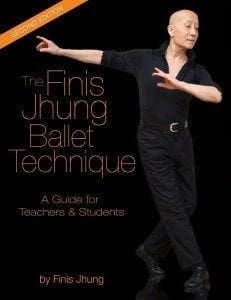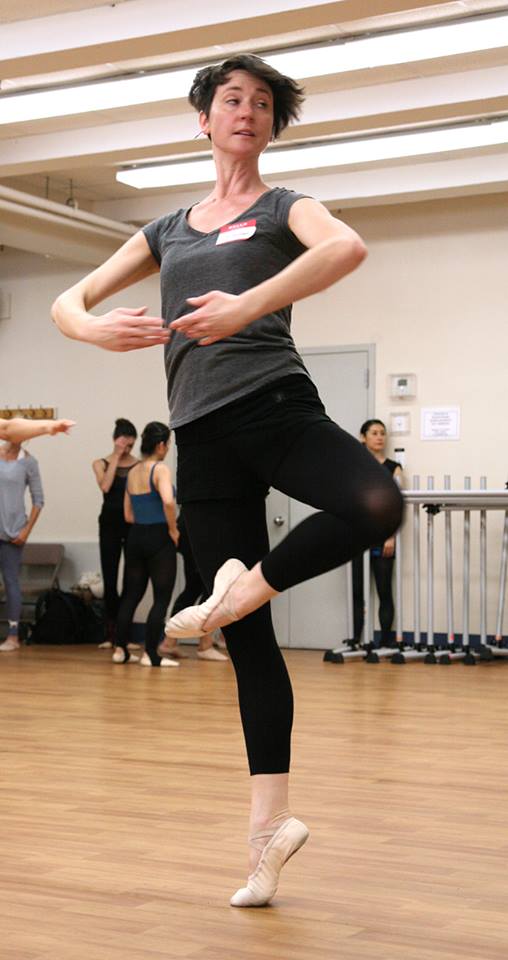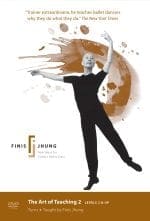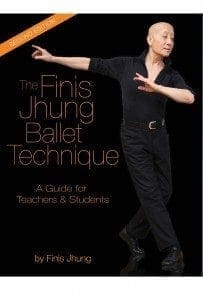“THE NUTCRACKER” BALLET – A LOOK BEHIND THE CURTAIN:
Life Lessons Learned Performing the Timeless Holiday Classic
It’s clear – the holidays are here! Amid the hustle and bustle of the shopping season, most important are those annual traditions that bring us all together – as families and as a culture. For me, nothing signifies the start of the season like the return of “The Nutcracker.”
Appreciation for this holiday classic spans generations and borders. In fact, for the next few weeks, versions will fill stages across the country – and the world. Joyfully, the performances will feature dancers of all ages, backgrounds and experience levels. How many promising dance careers were launched in the warmth of a theater in December, as young sons and daughters were inspired by the artistry and athleticism on display?
Children are not alone in being captivated by the choreography in “The Nutcracker.” The music is familiar and irresistible —certainly a few parents would admit to trying to pull off a few steps when they thought nobody was looking. If you accidentally kicked over some furniture or tweaked a hamstring – don’t be discouraged. Every journey begins with a single step. However, it’s usually best not to start with the hardest one.
As a teacher of adult beginners, I encourage my new students to focus on the long-term benefits of dance, and not on “looking pretty.” Ballet will make you stronger, more graceful and improve your balance – in everything that you do. My own experiences in performing “The Nutcracker,” however, are proof that this success isn’t always overnight:
“It was Christmas in ’55 and all through the house, Finis was fuming, not even a mouse.” – I vividly recall sitting alone in the dark in the theater at The University of Utah, watching a dress rehearsal for the “Nutcracker” and feeling as lonely as could be. It was Christmas, and we just didn’t have the money to fly me to my Mom in Hawaii. Meanwhile, I wasn’t even ready to be a mouse in our production. And I felt just that small.
Still, I was determined to work harder to grow my ballet technique. Only three years later, I danced the “Snow Prince” plus the Spanish and Russian dances in our production. What great preparation for later in life, when I would be a father, teacher and student – all at once. My adult beginners, too, understand the complexities of balancing many roles with energy and passion. The versatility and perspective that adult beginners bring to dance can speed progress and understanding.
The biggest obstacle to achievement for the adult learner is sometimes vanity. I know this too, from experience. In 1960 I performed the Russian ribbon dance in “The Nutcracker” with Michael Smuin of the San Francisco Ballet. Trying to keep up with Michael, the best jumper and turner in the company— doing double air turns across the stage while holding beribboned batons with both hands high above my head—had me bouncing all over the vast opera house stage. Repetition and practice – my usual solution – failed to correct the issue and left my confidence shaken.
My mental block was cured only when I realized that I was focused on trying to look text-book perfect (forcing my turnout and pulling up so much I looked like I was dancing on egg shells), instead of using my body as it was built and the correct body mechanics I had learned from Bill Christensen at the U of Utah. I was working outside of my own body!
It took several years to overcome the mental block of falling all over the stage, but by 1965 I had regained my technique. While dancing with the Harkness Ballet of New York in Cannes, I successfully performed sixty-four double air turns over the course of a single weekend. Four performances, without a hitch – occasion enough for the director to give me a bottle of champagne to celebrate as he thought I had set a new record for double air turns.
I offer this advice – learned by performing in the Nutcracker – to both students and teachers this holiday season:
- Take the time to celebrate your own personal and professional accomplishments
- Fearlessly pursue new challenges, especially those that promise to bring strength and balance to your life
- See “The Nutcracker” ballet! The music is glorious and the story is timeless. I promise you will be truly inspired






 Practice the pirouette en dehors slowly with a promenade:
Practice the pirouette en dehors slowly with a promenade: This exercise is shown and explained in my video “The Art of Teaching Turns”
This exercise is shown and explained in my video “The Art of Teaching Turns”